NASA Having Serious Trouble With Important Asteroid Sample
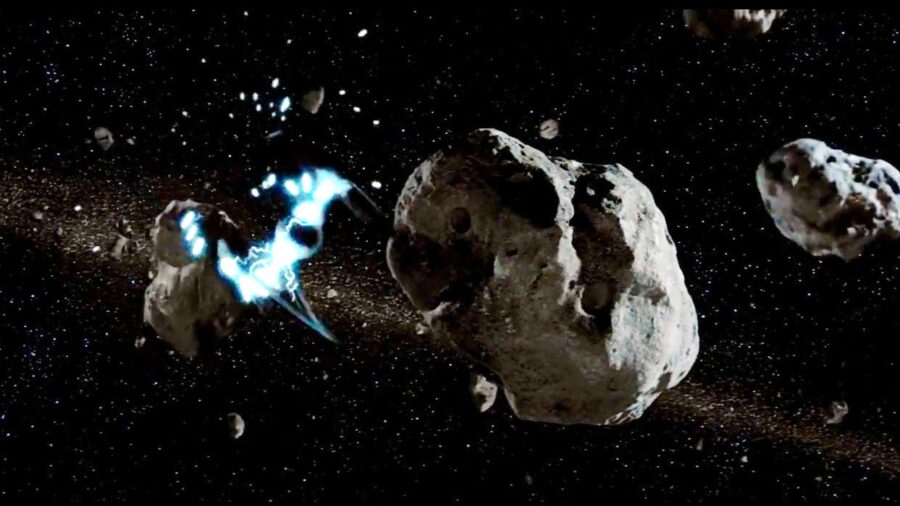
NASA is having trouble opening a container holding an asteroid sample that recently arrived from space. According to a NASA blog post, the samples arrived on Earth roughly a month ago, well preserved inside a tightly-sealed capsule. The container did its job protecting the sample during its travels back into Earth’s atmosphere, but it now seems it has done its job too well, leaving the samples inaccessible to scientists.
NASA Has Been Trying To Loosen The Asteroid Capsule Lid For A Week
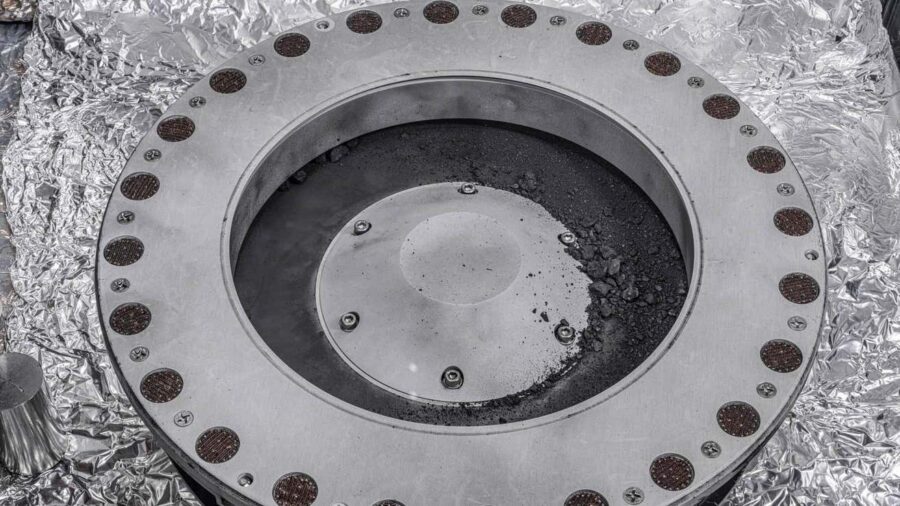
At NASA’s Johnson Space Center (JSC), researchers are struggling to unseal the canister to access the asteroid samples. The OSIRIS-REx mission’s curation team has been attempting for a week to loosen the lid, known as the TAGSAM (Touch-and-Go Sample Acquisition Mechanism) head, which is affixed to an arm that was used by the spacecraft to collect the asteroid sample. And no, they can’t loosen the lid by banging it on the kitchen counter a few times.
The majority of NASA’s asteroid sample is contained within the TAGSAM head and must be handled with extreme care. Team members can only handle it through a specially designed glove box and under a constant nitrogen flow that prevents contamination of the sample. The lid of the TAGSAM head is held on with 35 fasteners, two of which have proven too stubborn to be budged by the tools currently permitted for use within the OSIRIS-REx glovebox.
Scientists Are Developing New Methods To Safely Extract The Samples
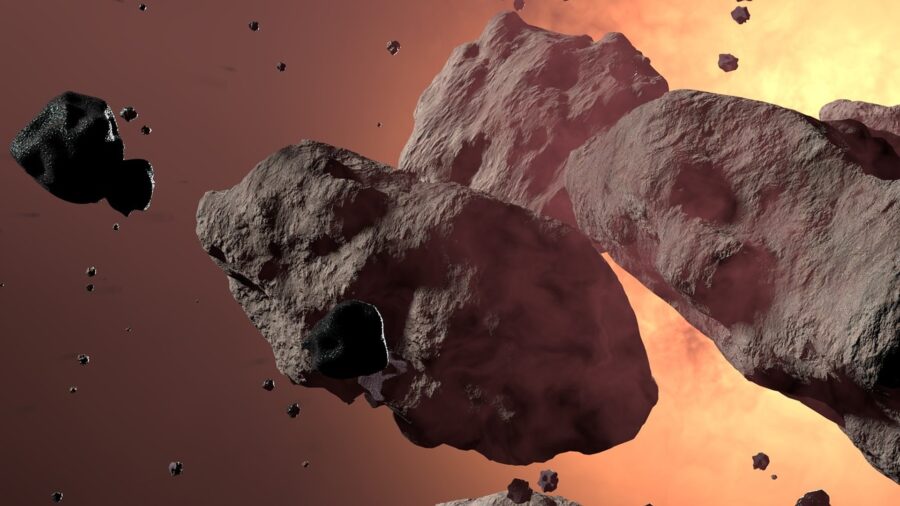
In a recent blog post, NASA stated that the team is working on developing new methods of extracting the asteroid material, and that the primary concern is the safety and pristine condition of the sample. Any contamination by materials found in Earth‘s atmosphere could corrupt the sample and render any data derived from its study unreliable. The lid is composed of aluminum and was able to be removed enough to collect debris and black dust from the canister’s avionics deck, but the sample canister remains stubbornly sealed, making the rocks within inaccessible.
The Capsule Brought Back More Asteroid Sample Than Anticipated
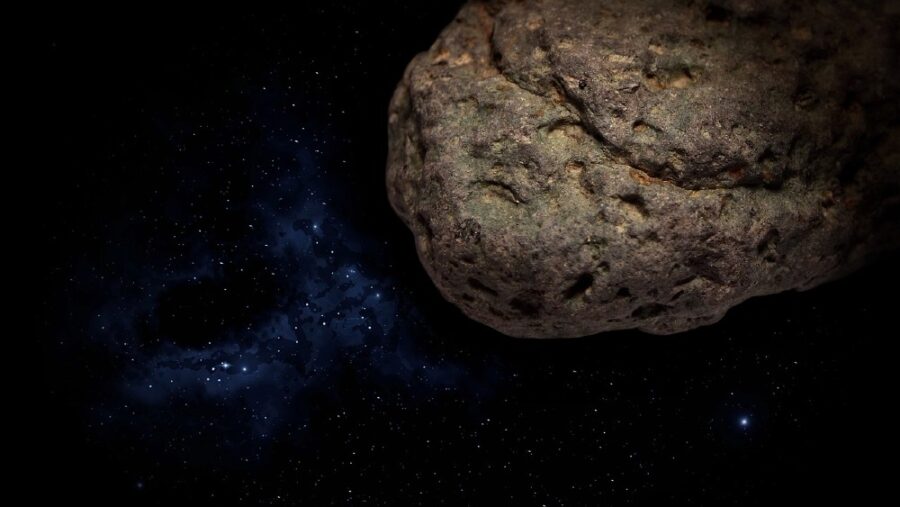
NASA’s JSC curator, Francis McCubbin, said at a live event regarding the asteroid sample that the problem the team has encountered is a “great problem” because they’ve found much more sample than they were anticipating, even before gaining full access to the TAGSAM.
The material that has been removed by the curation team thus far has been able to be extracted from the canister with a scoop or tweezers and has only been accessible by holding the mylar flap of the TAGSAM head down. The team is dedicating the next few weeks of work to devising new methods for drawing the rest of the sample out of the container.
NASA elaborated in the blog post that the tools required to get at the asteroid samples must not only fit inside the glovebox but also not compromise the integrity of the collection and maintain the strictest clean room standards. On the plus side however, the samples that have been extracted so far have well exceeded the mission parameters of 60 grams of debris. In fact, some 2.48 ounces, or 70.3 grams, of dust and rocks have been collected so far.
NASA Studies The Samples And Finds Water And Carbon Molecules
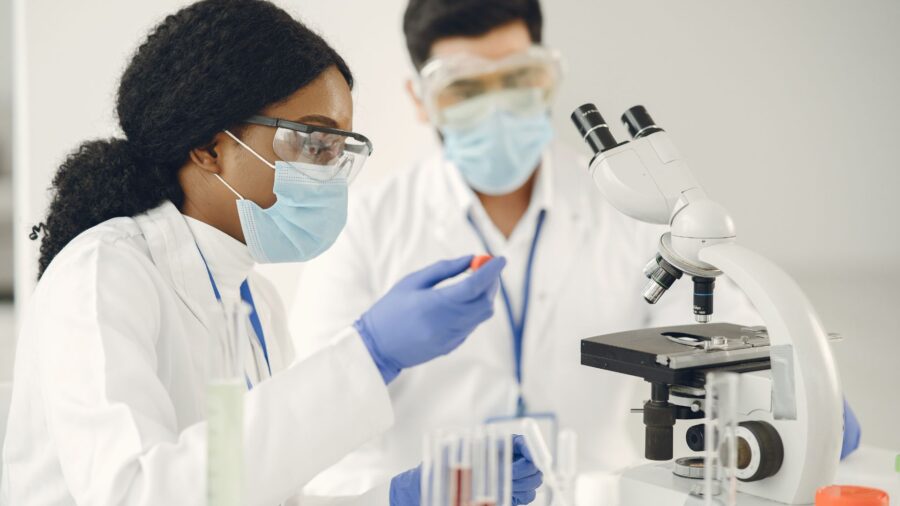
This has allowed the team to begin analyzing the samples, wherein they have discovered a prevalence of water and carbon molecules. The hope behind the NASA asteroid mission has been to discover evidence of organic matter hidden within the sample, which would support the theory that the elements necessary for life are able to “hitchhike” from one part of the universe to another by means of asteroids. This challenge is not likely to stop researchers, who have been working on the OSIRIS-REx mission for years.
The OSIRIS-REx Mission
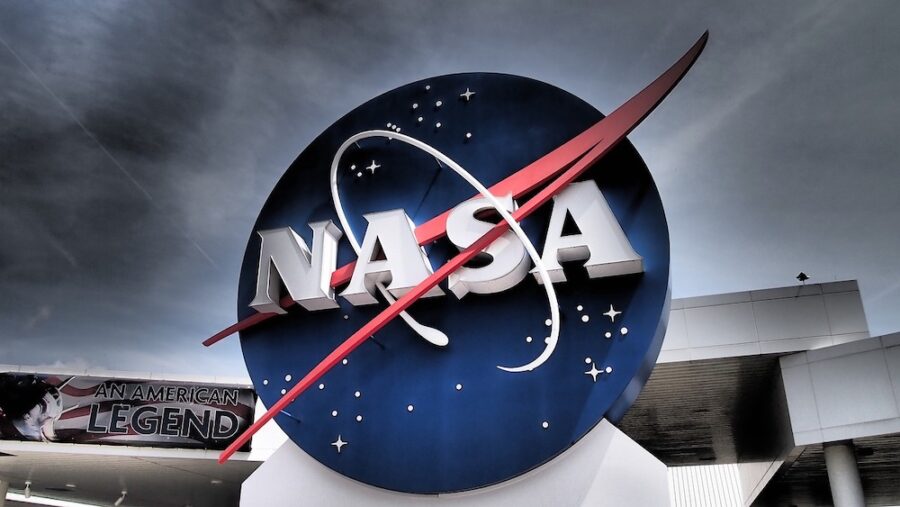
It took from the mission’s launch in September 2016 to December 2018 for the NASA spacecraft to reach the asteroid Bennu. The craft then spent two years observing the asteroid before landing on the surface in October of 2020. It was not until this year, on September 24, that the spacecraft finally dropped the samples over the desert of Utah.
After this much-concentrated effort and with so many years of work on the line, researchers will continue to work on the problem of opening the canister until they are able to successfully collect and study all the samples that were gathered.











